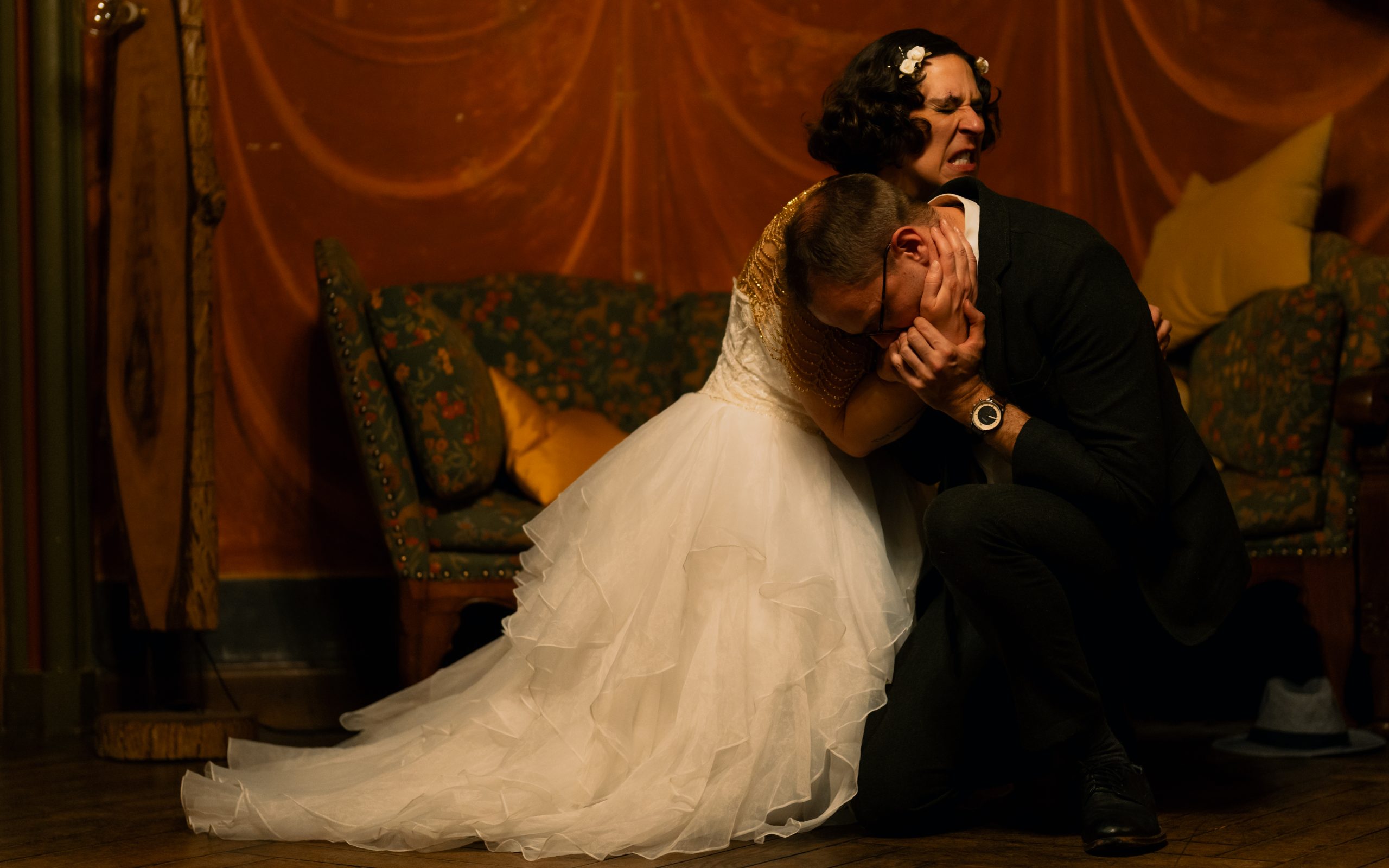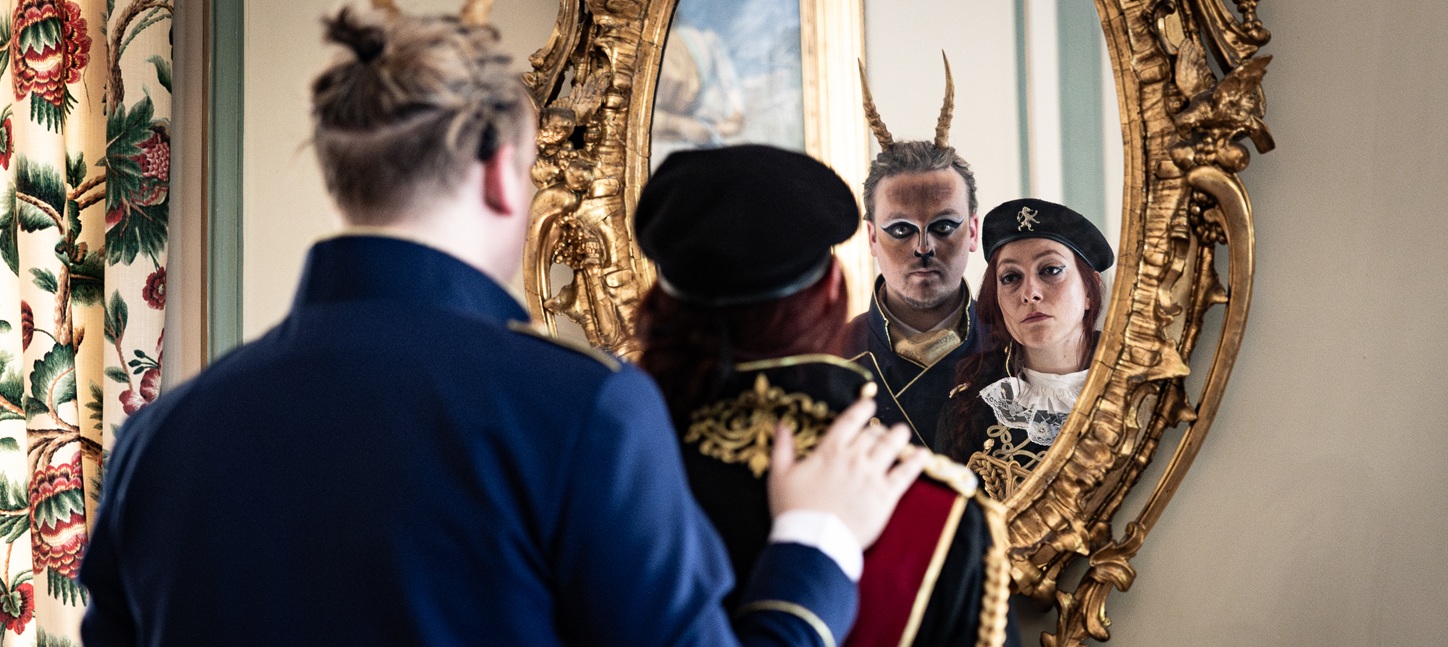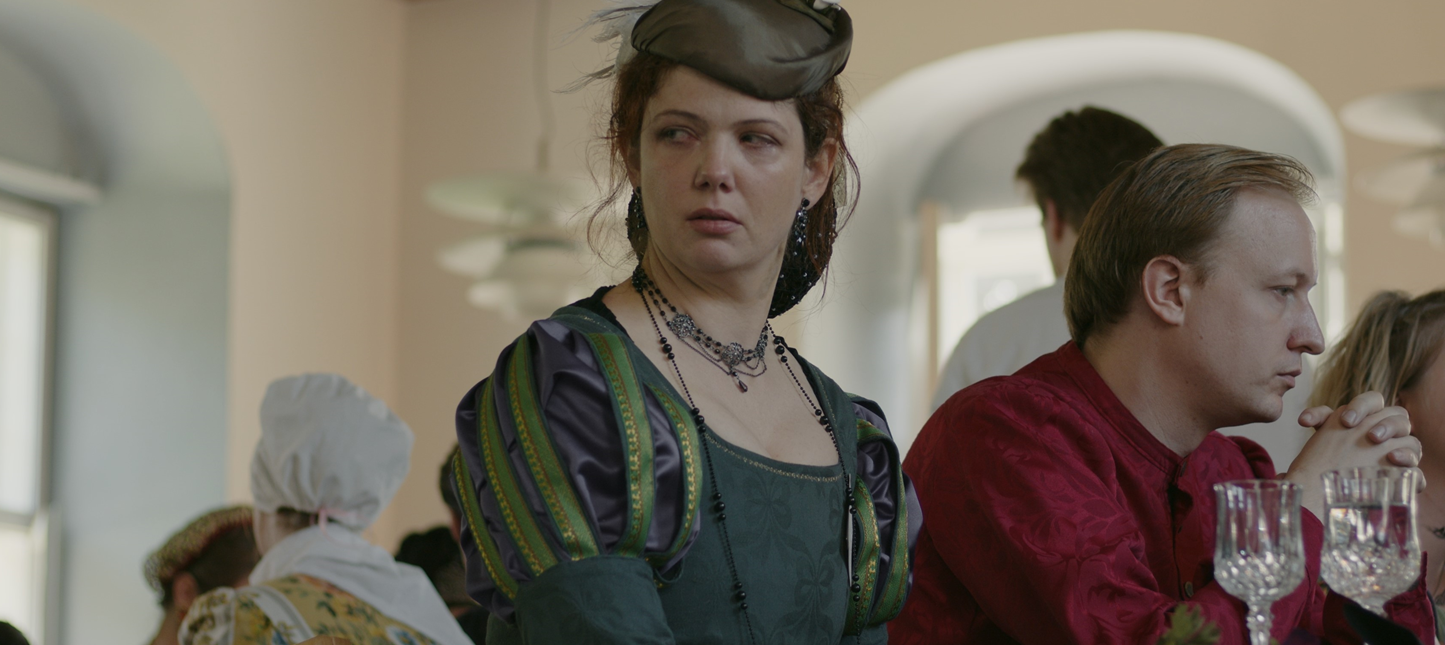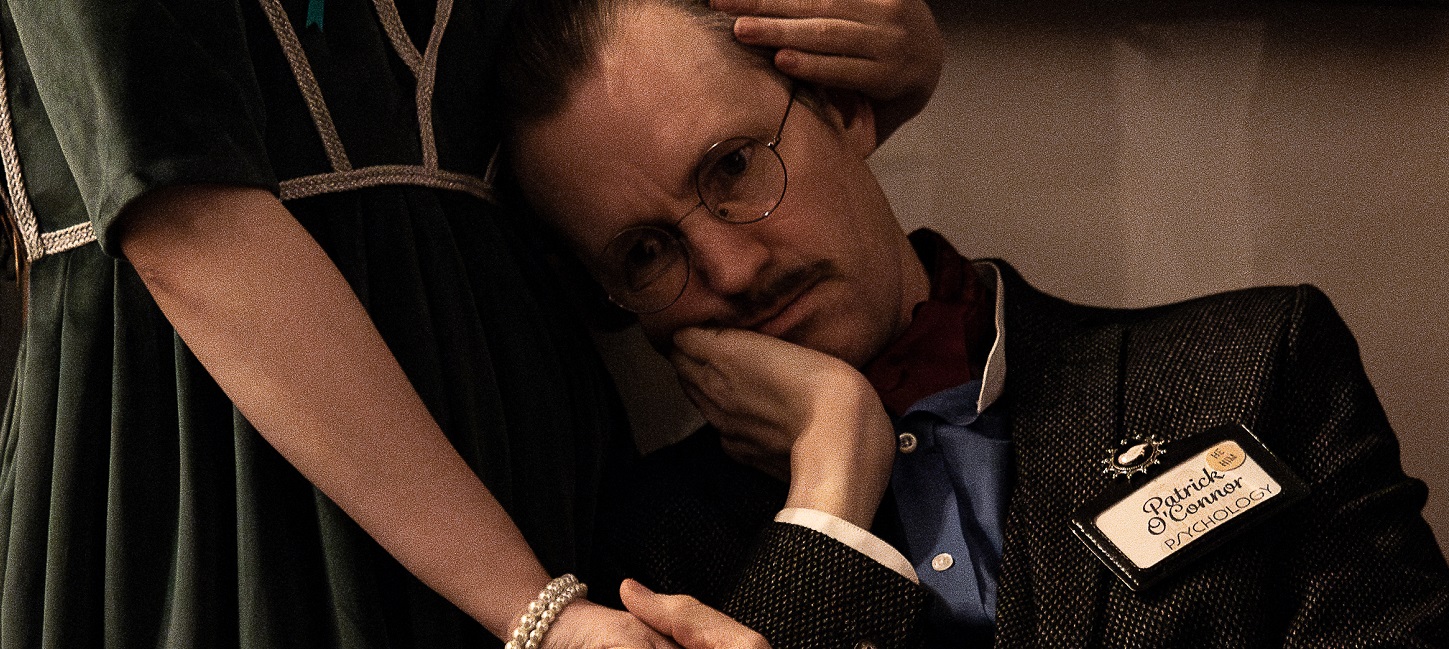Tag: Helicon
-

River Rafting Design
in
River Rafting design can help create a more engaging and dynamic player experience from the very beginning of a larp, with a higher chance of many moments of emotional impact, instead of very few towards the end.
-

Together, Apart: Dyadic Play in Larp
in
Designing characters in pairs can lead to two people locked into a singular dynamic that shapes the larp experience around them.
-

Dinner Warfare
in
Creating subtle but strong emotional pressure based on specific relations when designing eating situations in larps.
-

Out of Nothing, Something
In the larp Helicon, a specific kind of beauty spontaneously emerged when players’ actions collectively created a wonderfully coherent whole.